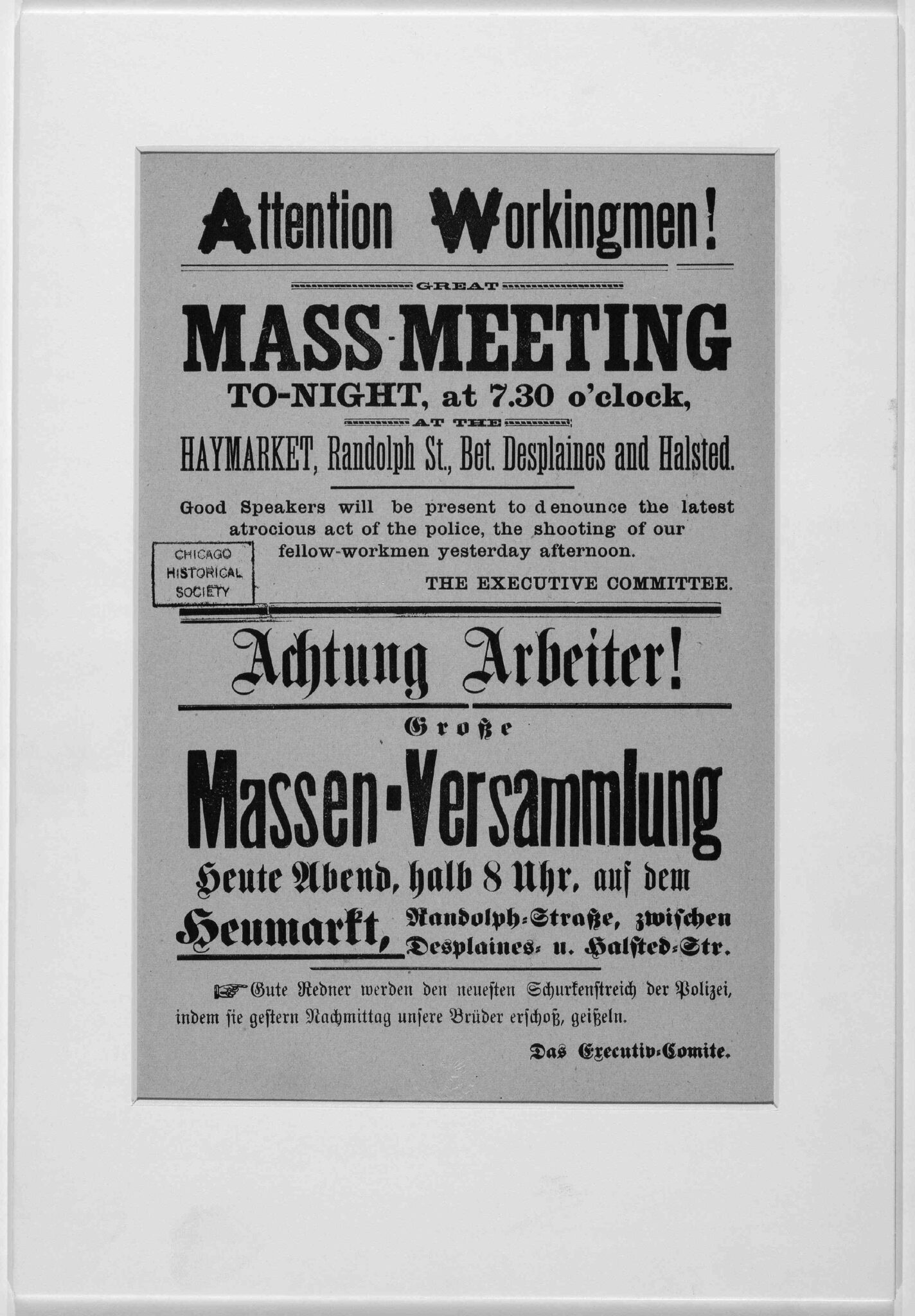
This post features selected maps that were created under the auspices of the Federal Writers’ Project.
Read More
This post features selected maps that were created under the auspices of the Federal Writers’ Project.
Read More
Maps showing cod and beavers in an 18th-century atlas project imperial power and economic might.
Read More
Published in 1978, Paul Avrich’s “An American Anarchist: The Life of Voltairine de Cleyre” was the first substantial biography of Voltairine de Cleyre (1866-1912), an influential member of the American labor movement at the turn of the 20th century. Donated to the Library of Congress in 1986, the biography refers to de Cleyre as “one of the most interesting if neglected figures in the history of American radicalism.”
Read More
Fascinating maps at various scales tell the story of the Battle of Forts Jackson and St. Philip, a pivotal moment in the Civil War and the contested fight for control of New Orleans and the Mississippi River.
Read More
This is a guest post by Lena Denis, reference librarian in the Geography and Map Division. Growing up in a Brazilian-American household, I’ve long appreciated the delicious versatility of the Atlantic cod, scientific name Gadus morhua, known to the Portuguese-speaking world as bacalhau in its preferred salted and dried form. It was only when I …
Read More